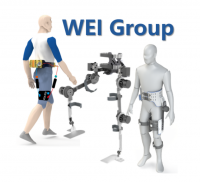分享到
Machine-learning-based children’s pathological gait classification with low-cost gait-recognition system
2021
期刊
BioMedical Engineering OnLine
- 卷 20
- 期 1
- Springer Science and Business Media LLC
- ISSN: 1475-925X
- DOI: 10.1186/s12938-021-00898-0



